Are you looking to enhance safety compliance in your organization? Crafting a well-structured proposal can make all the difference in securing the necessary approvals and resources. In this article, we'll explore essential elements to include in your safety compliance proposal, ensuring it's both compelling and comprehensive. So, grab a cup of coffee and let's dive into the details that can help elevate your safety standards!
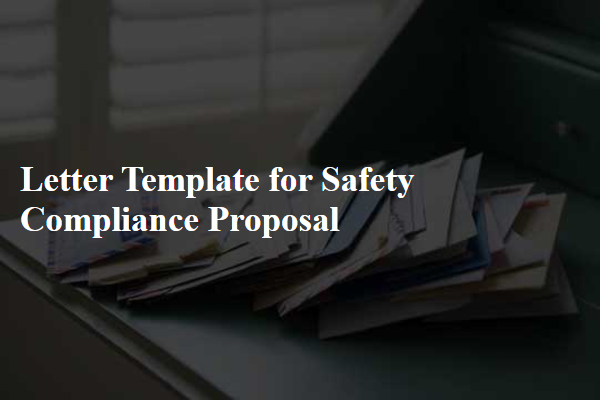
Compliance standards and regulations
Ensuring safety compliance involves adherence to various industry standards and regulations, such as the Occupational Safety and Health Administration (OSHA) guidelines in the United States. These guidelines dictate safe work practices, equipment usage, hazard communication, and employee training (annual training for employees recommended). Various sectors, including construction, manufacturing, and healthcare, have specific compliance requirements tailored to their unique operational risks, with penalties for non-compliance reaching thousands of dollars. Furthermore, organizations must remain vigilant about changes in regulations, such as updates to the ISO 45001 standard for occupational health and safety management systems, which emphasizes prevention and continuous improvement in workplace safety. Regular audits and risk assessments play critical roles in maintaining compliance and promoting a culture of safety across all departments.
Risk assessment and mitigation strategies
Safety compliance proposals require thorough risk assessments and well-defined mitigation strategies. Risk assessment involves identifying potential hazards within the workplace, such as machinery malfunction, chemical exposure, or ergonomic issues. Effective mitigation strategies may include implementing safety training programs, regular equipment inspections, and ergonomic assessments. Local regulations, such as the Occupational Safety and Health Administration (OSHA) standards in the United States, guide necessary compliance measures. Action plans need to assign responsibilities, establish deadlines, and outline monitoring processes to ensure ongoing safety. Additionally, documentation, such as incident reports and safety audits, plays a vital role in maintaining a safety-focused culture.
Protective equipment and technology
A comprehensive safety compliance proposal emphasizes the importance of protective equipment and technology in minimizing workplace hazards. Personal protective equipment (PPE) such as hard hats, safety goggles, and ear protection is essential in high-risk environments like construction sites, where accidents can lead to serious injuries. Advanced technology solutions, including wearable devices equipped with sensors for monitoring environmental conditions and notifying workers of potential dangers, play a crucial role in enhancing safety protocols. Adoption of automated systems like machine guards and safety interlocks can further reduce the likelihood of accidents. Implementing rigorous training programs on the proper use of this equipment ensures that employees understand safety measures, contributing to a safer working environment. Regular audits and inspections of safety gear compliance foster a culture of vigilance and accountability, ultimately reducing incident rates and enhancing overall workplace safety.
Training and awareness programs
Training and awareness programs play a crucial role in enhancing workplace safety compliance, particularly in high-risk industries such as construction and manufacturing. These programs include educational workshops and hands-on training sessions focused on specific regulations set forth by organizations like the Occupational Safety and Health Administration (OSHA) in the United States. Regular training can cover essential topics like personal protective equipment (PPE) usage, hazard recognition, and emergency response protocols. By ensuring employees are informed about safety standards and practices, companies can significantly reduce workplace accidents, contributing to a safer environment. Moreover, ongoing awareness campaigns can keep safety top-of-mind, fostering a culture of vigilance and proactive engagement among all employees. Statistics indicate that organizations investing in comprehensive training programs can see a reduction in incident rates by up to 50%, demonstrating the vital importance of prioritizing safety education in the workplace.
Monitoring and evaluation systems
A comprehensive monitoring and evaluation system is crucial for ensuring safety compliance in organizations, particularly in high-risk sectors such as construction and manufacturing. This system encompasses continuous data collection, analysis, and reporting mechanisms to track safety incidents, near misses, and regulatory adherence. Effective tools such as real-time dashboards and incident reporting software provide insights into safety performance, enabling prompt corrective actions. Moreover, regular audits and inspections, scheduled quarterly or biannually, reinforce safety protocols established by entities like OSHA (Occupational Safety and Health Administration) in the United States. By integrating training programs that emphasize risk awareness and compliance, organizations can foster a culture of safety, thereby reducing workplace accidents and enhancing overall productivity.

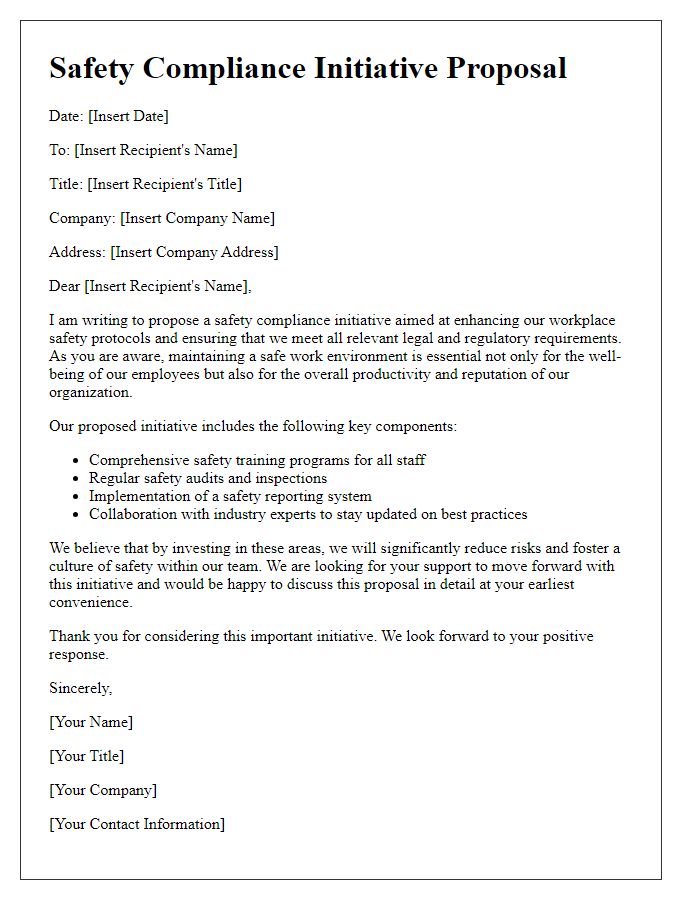
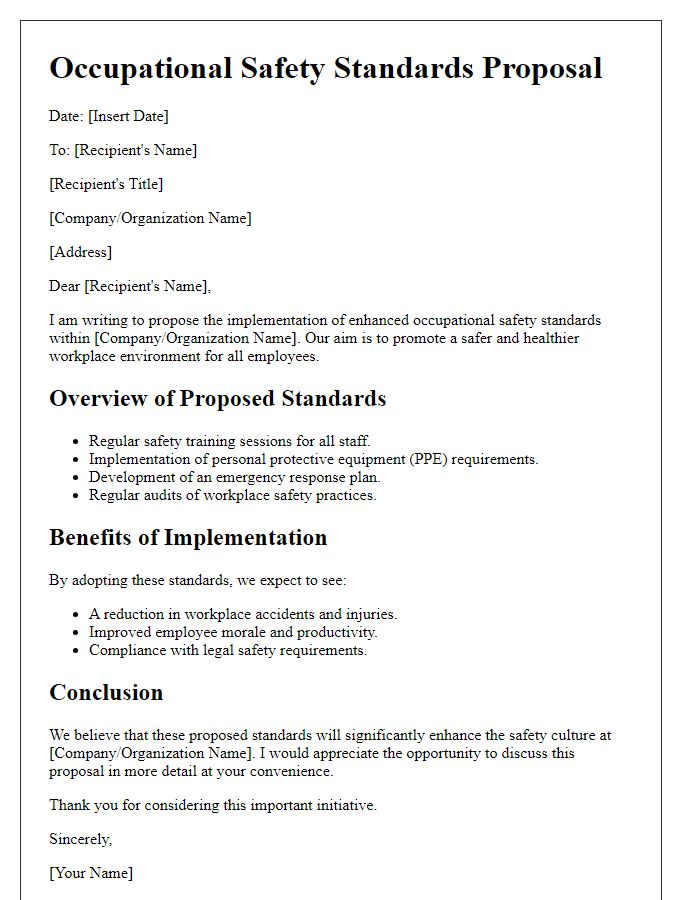
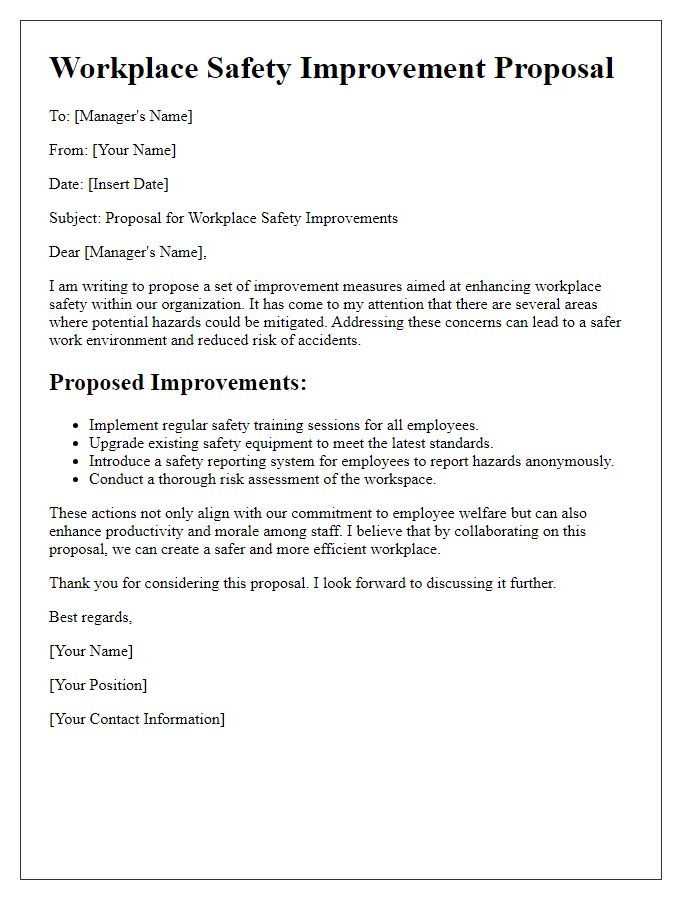

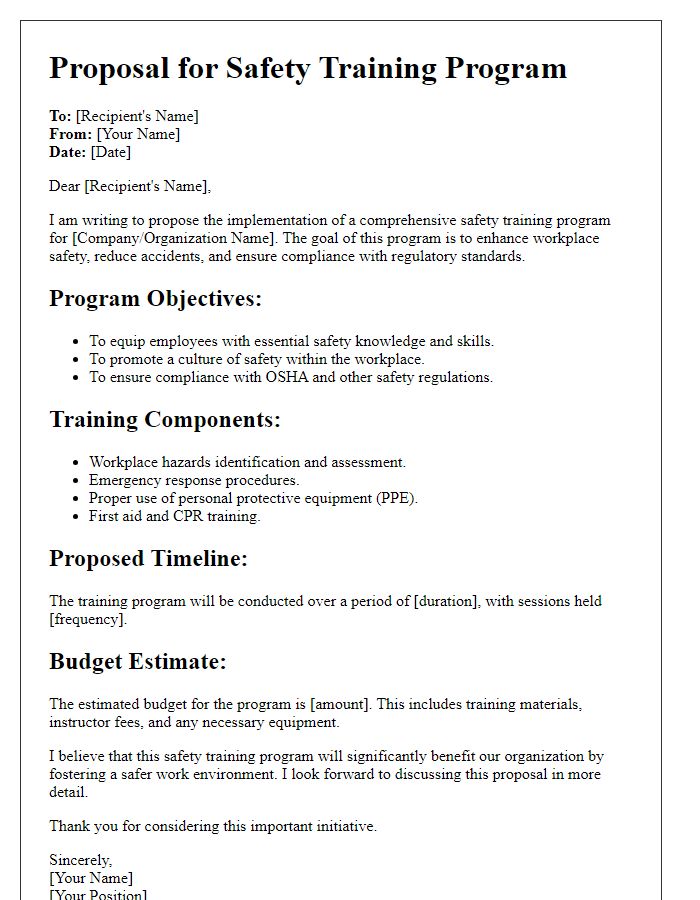
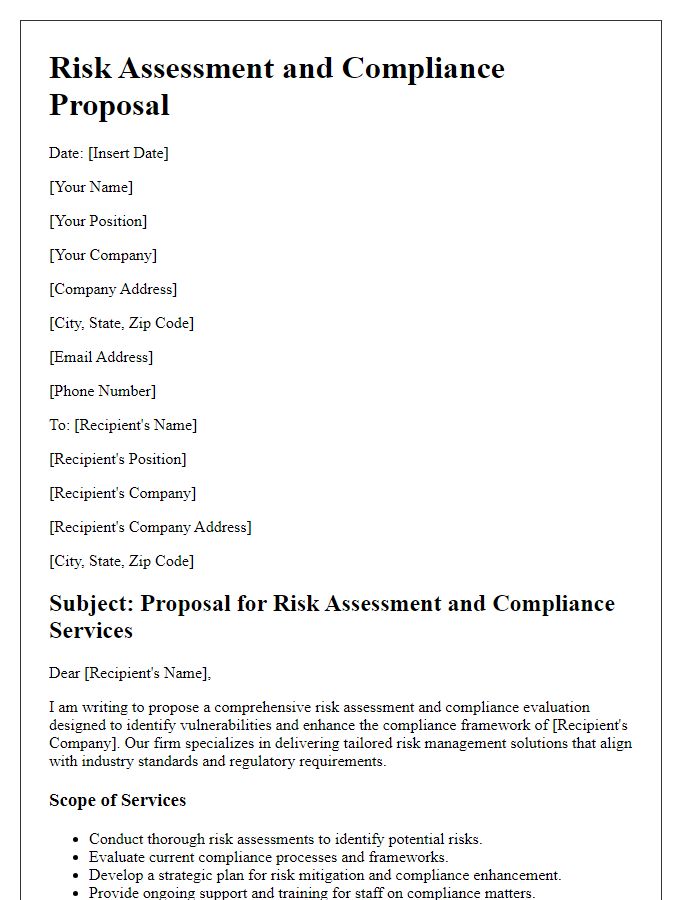
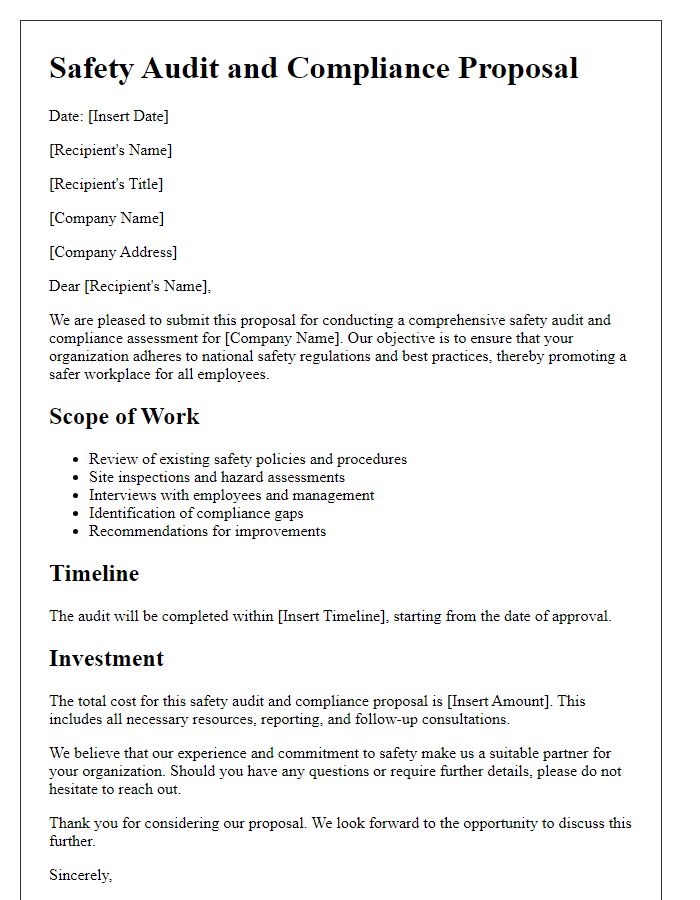
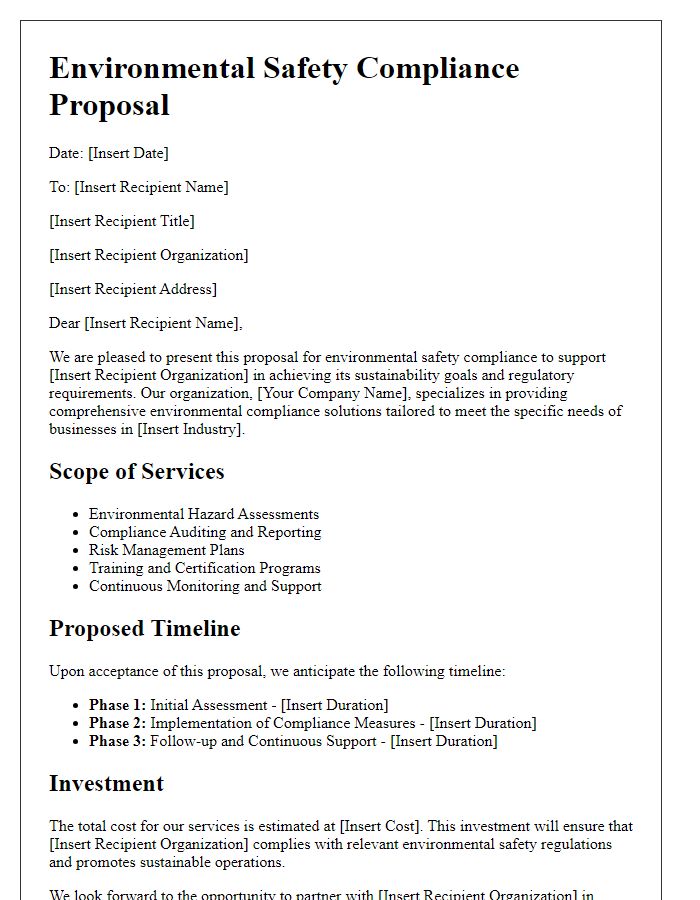
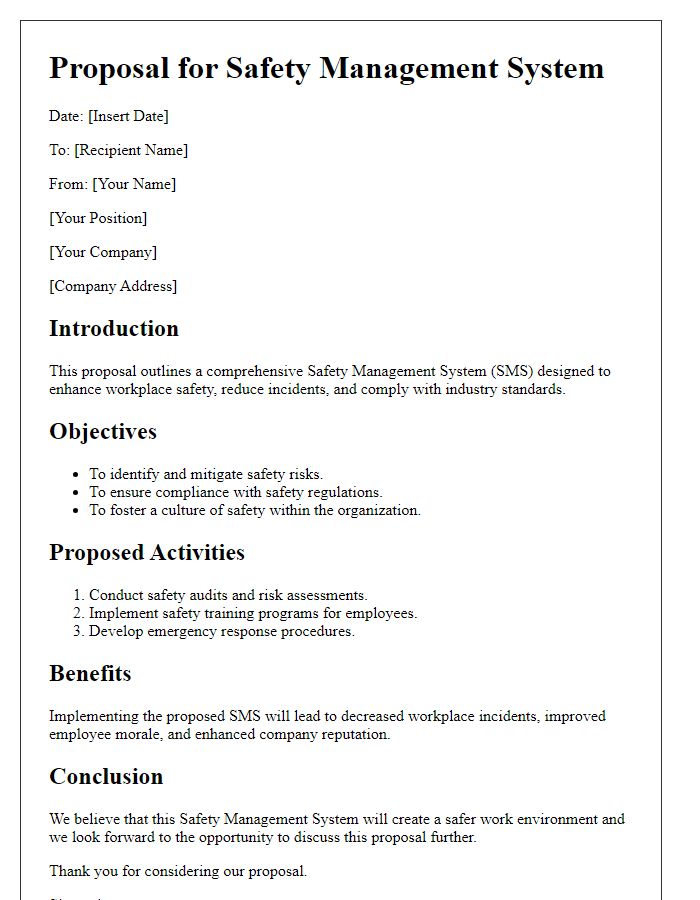
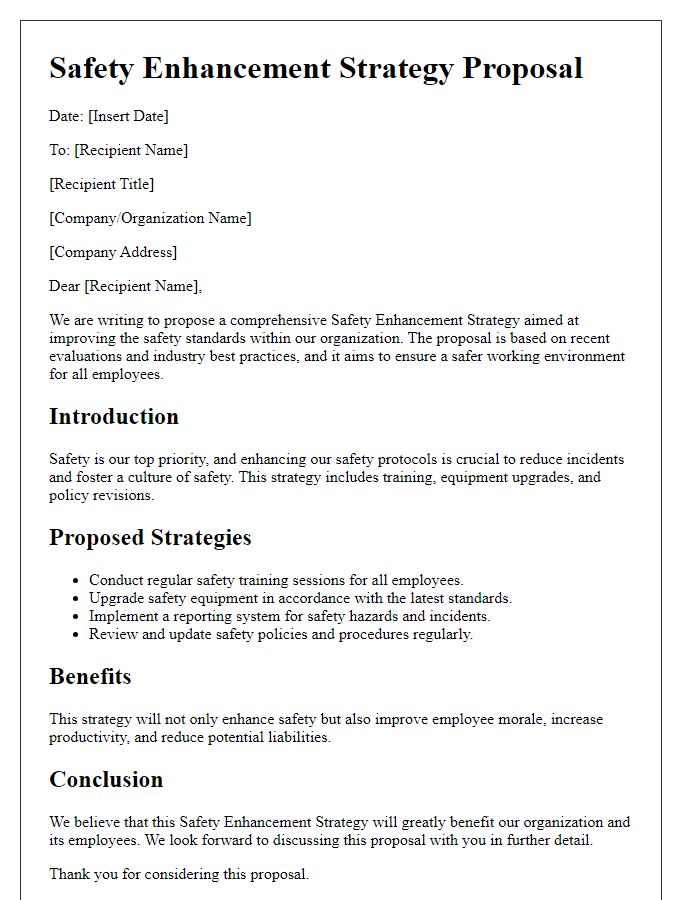


Comments